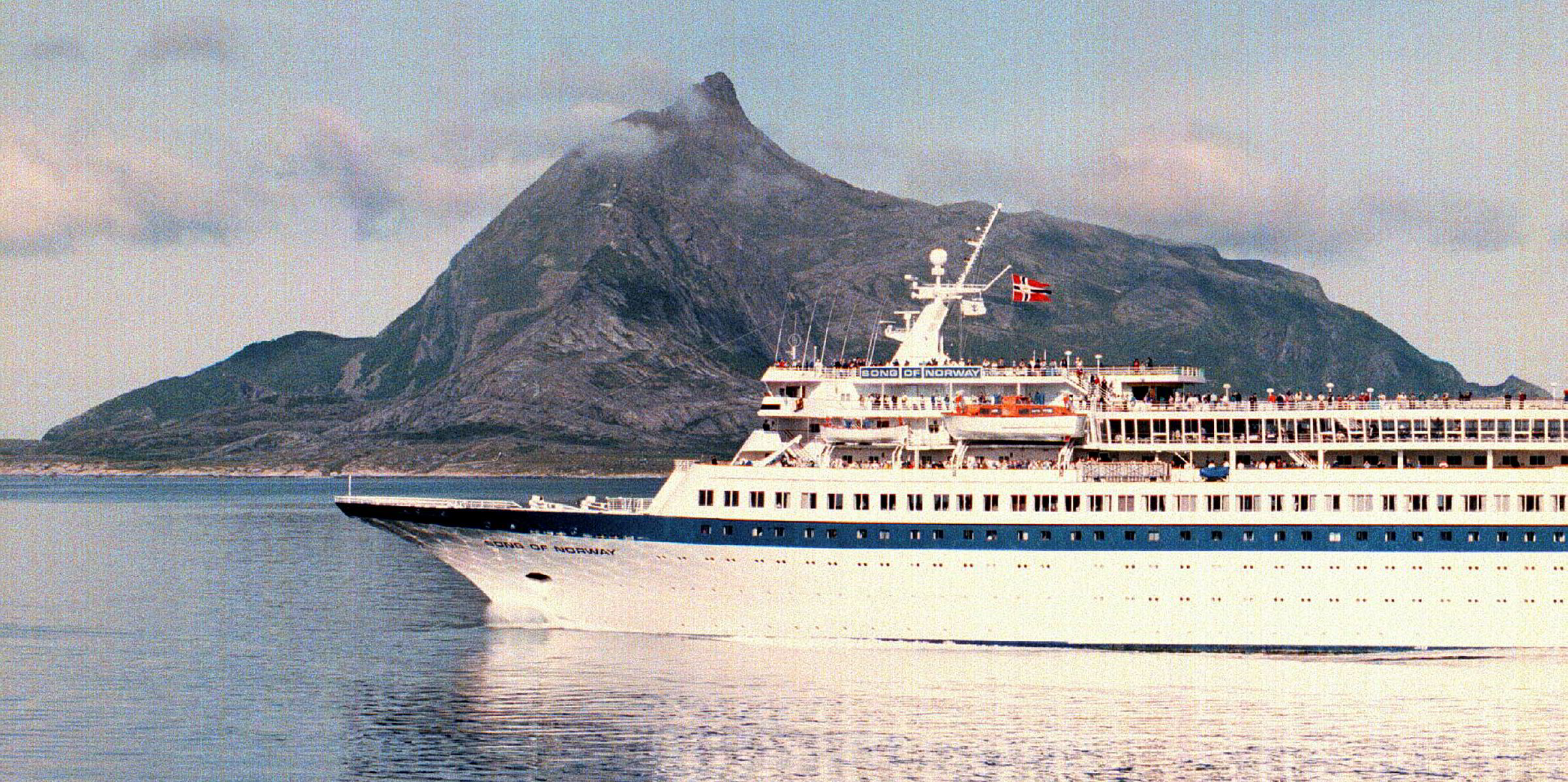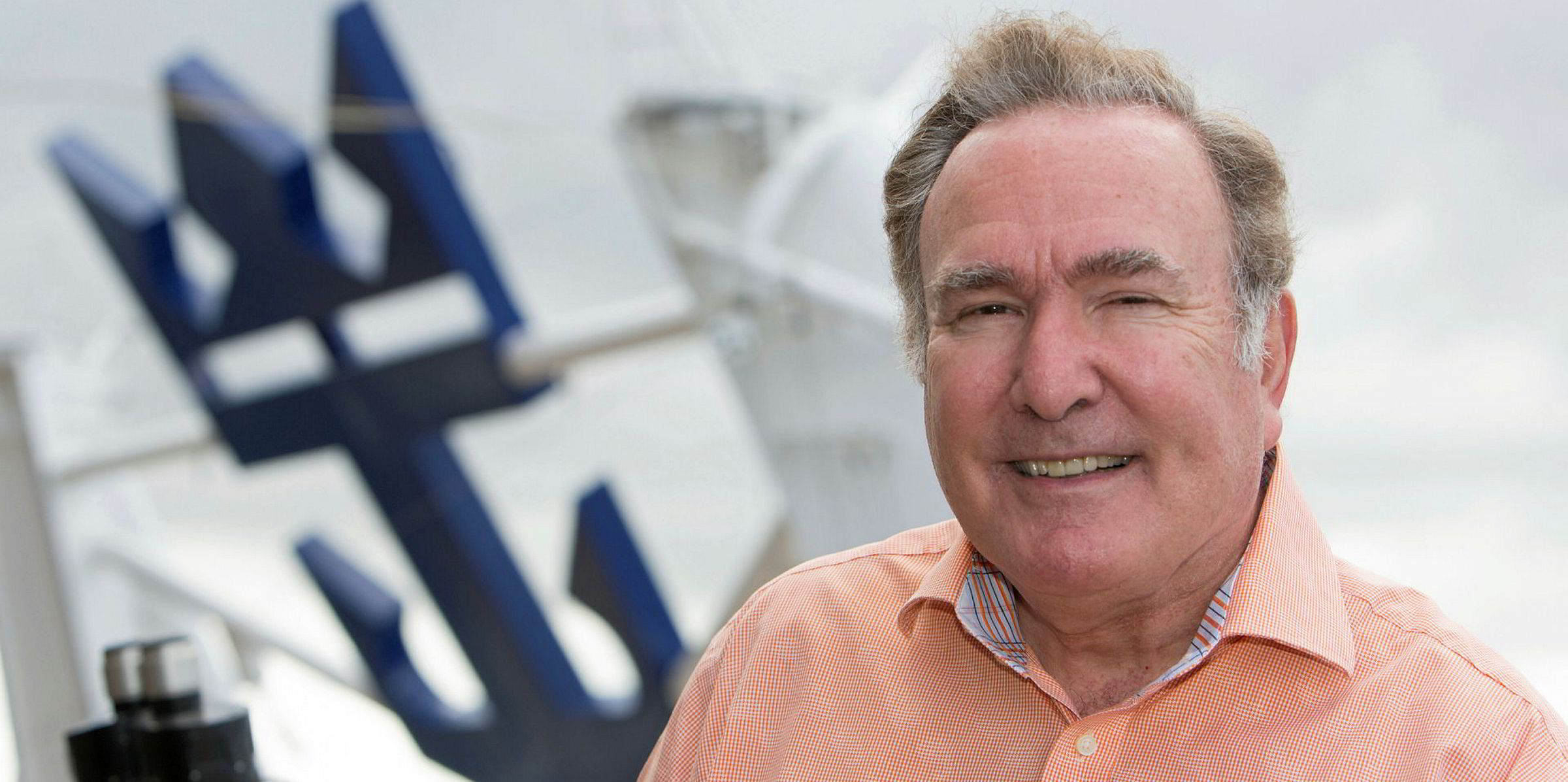Five decades ago, on 5 October 1970, Finnish shipbuilder Wartsila handed over a new cruiseship to a fledgling company called Royal Caribbean Cruise Line.
The 18,400-gt Song of Norway was about to launch a company that would eventually become an industry powerhouse.
Norwegian shipowners IM Skaugen, Anders Wilhelmsen and Gotaas Larsen were behind the new venture. Each was tasked with contributing one newbuilding to create an initial fleet of three ships.
Sleek and modern, with innovative new features such as panoramic cocktail lounges perched at the top of the funnels, the ships proved popular with US holidaymakers seeking a week-long break in the Caribbean.
For their owners, they were a huge financial success.
Fast forward 50 years and that fledgling cruise line has become a vast cruise conglomerate known as Royal Caribbean Group.
The New York-listed company today controls a fleet of 62 cruiseships ranging from the giant mass-market ships of founding and flagship brand Royal Caribbean International, to the small ultra-deluxe cruiseships and expedition vessels of Silversea Cruises, whose purchase was completed this July.
Such success at 50 years would probably have resulted in large celebratory parties on its ships this week. But, due to the coronavirus, that will not be the case. Every one of the company’s ships, barring a couple operated by German joint venture TUI Cruises, is laid up.
No announcement was made on Royal Caribbean International’s website, where the company is instead going to great lengths to explain the heightened health and safety protocols it is putting in place for when it eventually plans to resume its cruise operations.
Exactly when that resumption will take place is anyone’s guess.
As for the Song of Norway, it went on to have a long career. Its final years were spent with other operators until 2013, when it was scrapped in China.






